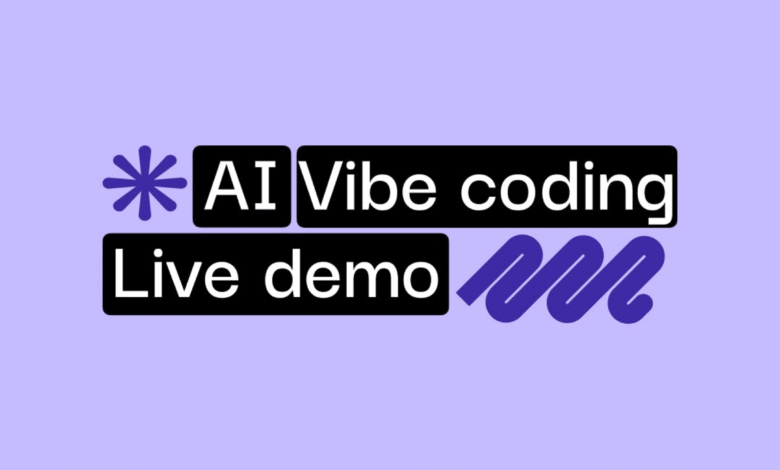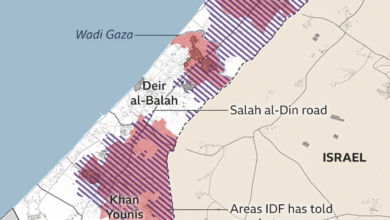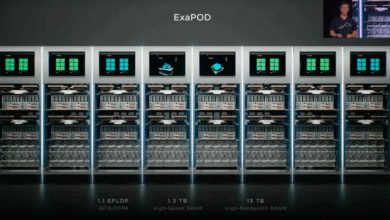Figma Vibe-Coding: Revolutionizing AI-Driven Design

Figma vibe-coding represents the cutting edge of software design, where creativity meets artificial intelligence to streamline the development process. This innovative feature allows users to articulate their vision for apps or websites, transforming their ideas into responsive code seamlessly. As part of Figma’s suite of AI-driven tools like Figma Make and website design AI capabilities, vibe-coding embodies a significant leap forward in accessibility and efficiency for designers. With the integration of advanced AI code generation, designers can expect to see their concepts come to life without the usual barriers of traditional coding. As Figma continues to enhance its platform with vibe-coding tools, it positions itself as a leader in the evolving landscape of design software, where imagination and technology merge effortlessly.
The concept of vibe-coding emerges as a transformative approach in the realm of design technology, particularly within platforms like Figma. By leveraging AI features specifically designed for software development, vibe-coding simplifies the translation of conceptual ideas into tangible digital products. This process not only accelerates website and application creation but also empowers designers with tools that can generate code based on existing designs or brief descriptions. The advent of Figma Sites and other innovative tools reflects a broader trend towards utilizing artificial intelligence in the production of web solutions. As the demand for intuitive design practices grows, vibe-coding is set to redefine how professionals engage with software development.
Understanding the Figma Vibe-Coding Revolution
Figma’s introduction of ‘vibe-coding’ technology is a remarkable leap forward in digital design. By providing developers and designers with the ability to describe their ideas in natural language, Figma’s new AI feature, commonly referred to as Figma Make, translates those descriptions into functional code. This innovative approach is a testament to the power of AI in streamlining the workflow, making the design process not only faster but remarkably intuitive. As this technology gains traction, it’s worth examining how vibe-coding services like Figma are taking the market by storm.
In essence, the idea behind vibe-coding is straightforward: rather than wrestling with complex coding languages, designers can now use basic word descriptors to communicate their visions. This aligns perfectly with the trend of simplifying software design through tools that democratize coding. With major players like Google and Microsoft unveiling similar features, the landscape is quickly evolving to include these AI-driven resources that cater to both experienced developers and newcomers alike.
Frequently Asked Questions
What is Figma vibe-coding and how does it enhance app development?
Figma vibe-coding is a groundbreaking AI feature that allows users to build applications by describing their design ideas or using existing Figma design files to generate functional code. This method streamlines the design-to-development process, making it easier for designers to create working websites and apps without needing extensive coding knowledge.
How does Figma Make utilize AI for website design?
Figma Make is an innovative tool that leverages AI to transform user descriptions or existing designs into precise code. By harnessing the power of AI code generation, Figma Make simplifies the website design process, facilitating a more efficient workflow for designers.
Can I use Figma vibe-coding for creating functional websites?
Yes, Figma’s vibe-coding capabilities include features like Figma Sites, which allow users to convert their designs directly into functional websites. This integration enhances the overall website design experience by minimizing the gap between design and coding.
What are the benefits of using vibe-coding tools like Figma?
Using vibe-coding tools such as Figma not only accelerates the design and development phase but also allows designers to focus more on creativity rather than technical coding challenges. The tool’s AI capabilities support efficient code generation, improving productivity.
Is Figma Make available to all users or just premium subscribers?
Figma Make is exclusively available to premium subscribers who have full seats. This tier includes essential features for accessing AI code generation, aimed at maximizing the value for users who invest in Figma’s comprehensive design ecosystem.
What types of projects can I create with Figma’s vibe-coding feature?
With Figma’s vibe-coding feature, users have successfully developed various projects, including video games, note-taking apps, and personalized calendars. The versatility of Figma Make’s AI code generation makes it suitable for a wide range of applications.
Will Figma’s vibe-coding tools integrate with existing design systems?
Yes, Figma Make is designed to align its output with established design systems within Figma. It analyzes stored design assets such as font sizes and color combinations to ensure consistency across the projects it generates.
What AI model powers Figma’s code generation features?
Figma’s vibe-coding features, including Figma Make, utilize Anthropic’s Claude 3.7 Sonnet AI model. This advanced AI enhances the accuracy and efficiency of the code generation process, facilitating the creation of high-quality designs based on user input.
| Key Point | Details |
|---|---|
| Feature Introduction | Figma introduces ‘Figma Make’, an AI-driven tool that transforms descriptions or existing designs into functional code. |
| Emerging Trend | Figma Make follows a trend of ‘vibe-coding’ tools that create source code from textual descriptions, similarly to apps like Cursor and Windsurf. |
| Pricing | Available starting at $16 per month for users with full subscriptions. |
| Target Audience | Designed for companies and individuals with premium subscriptions who rely on Figma for design assets. |
| Early Access Success | Beta testers have created various applications, including a video game and a personalized calendar. |
| Future Developments | The feature will support the creation of functional websites via Figma Sites, which is also in beta testing. |
Summary
Figma vibe-coding represents an exciting advancement in the world of software design, which now allows users to conveniently transform their ideas into working code using AI technology. With the introduction of Figma Make and the upcoming Figma Sites feature, Figma is poised to enhance the design and development process significantly. This innovative approach not only caters to designers but also simplifies the coding aspect for non-tech users, making it a game-changer in the industry.



